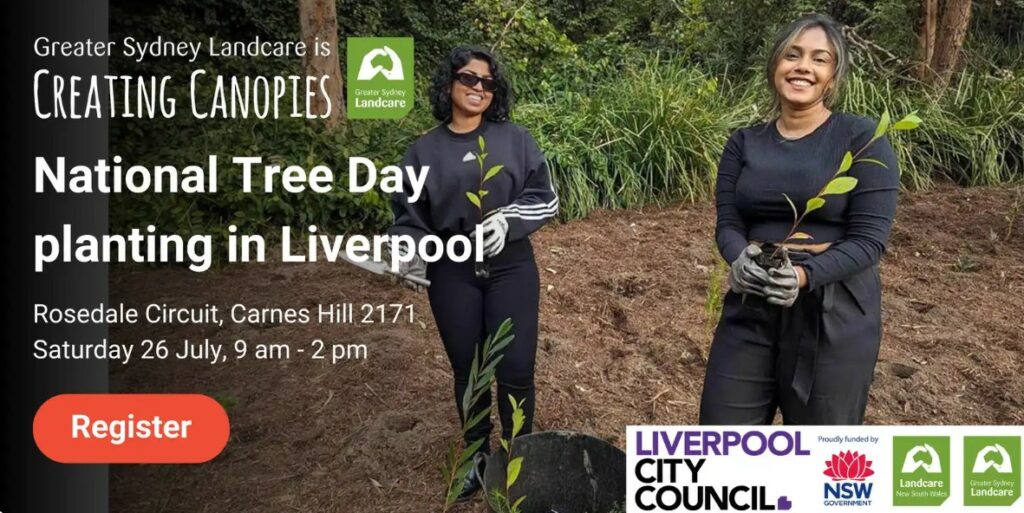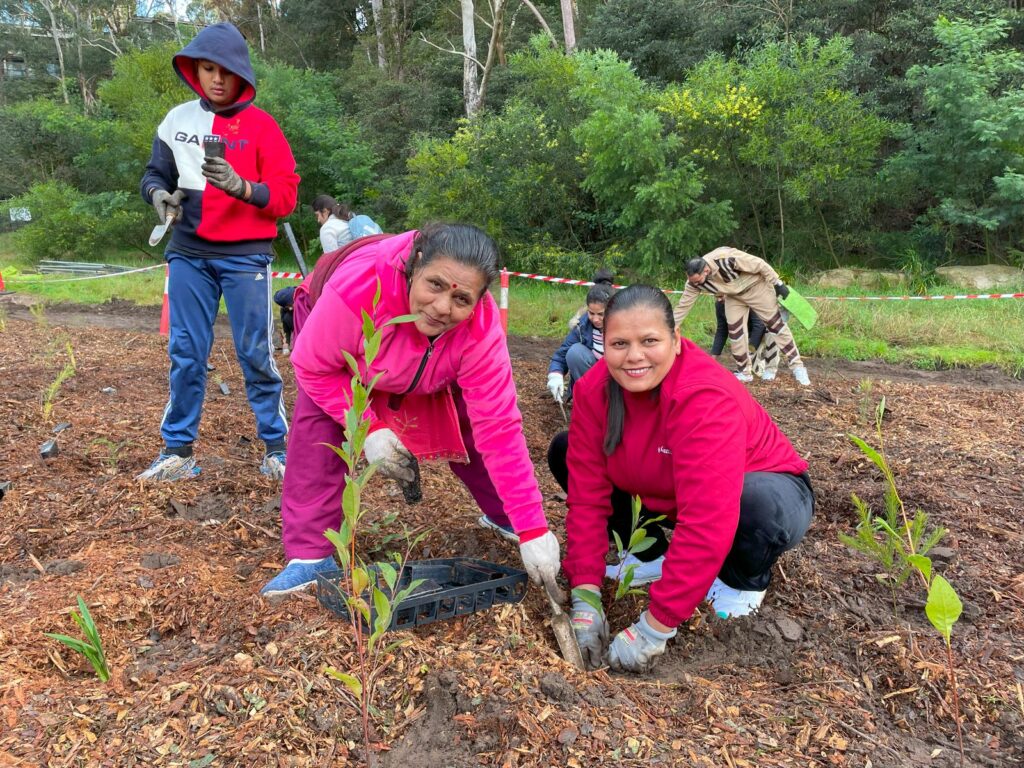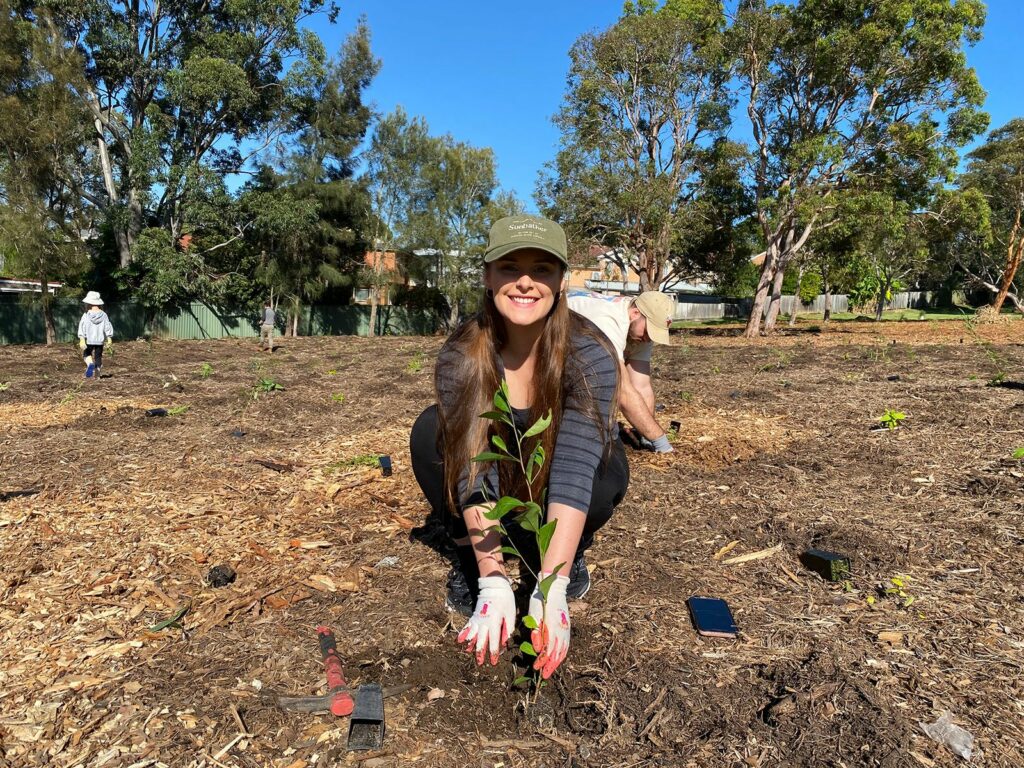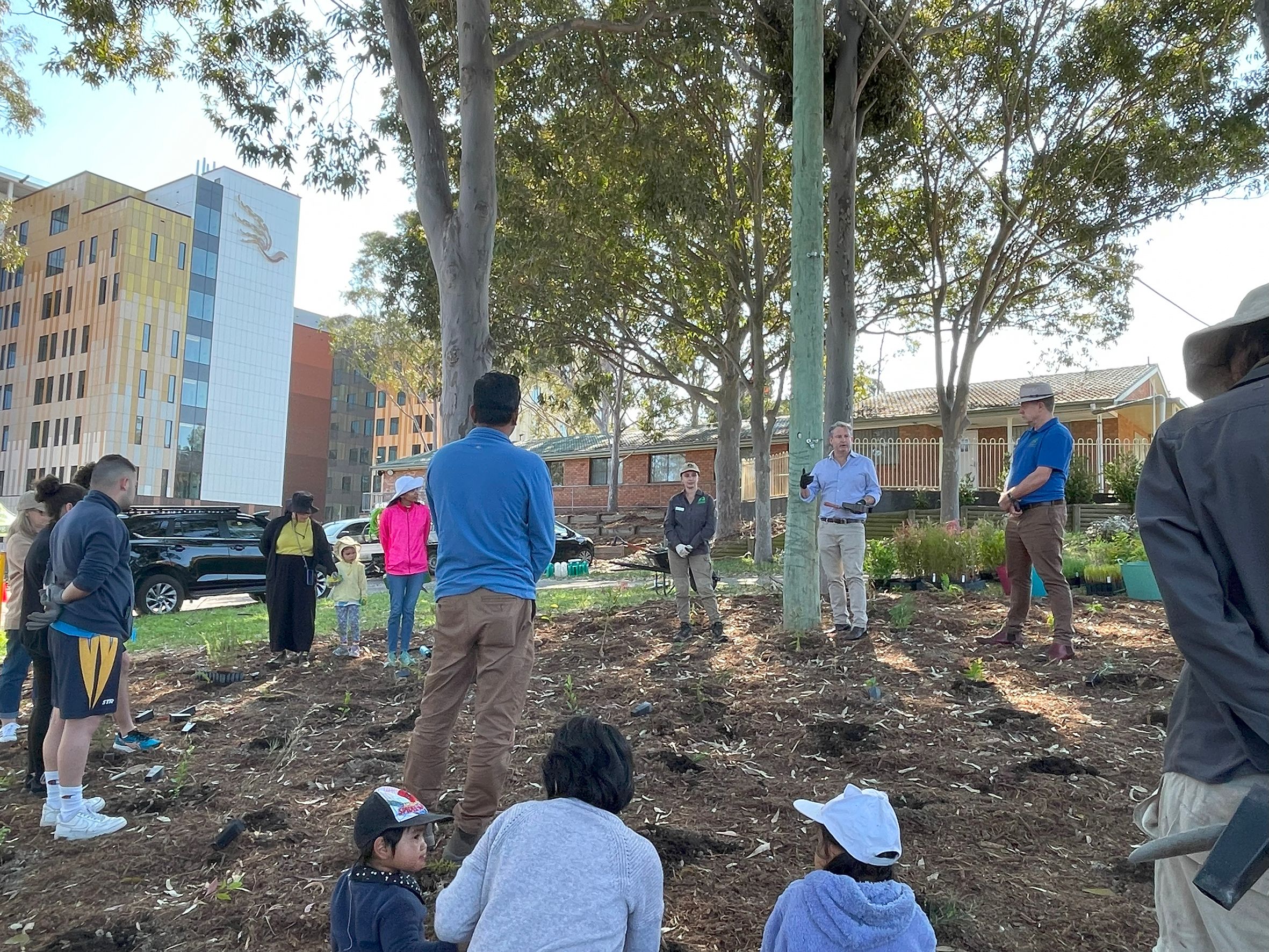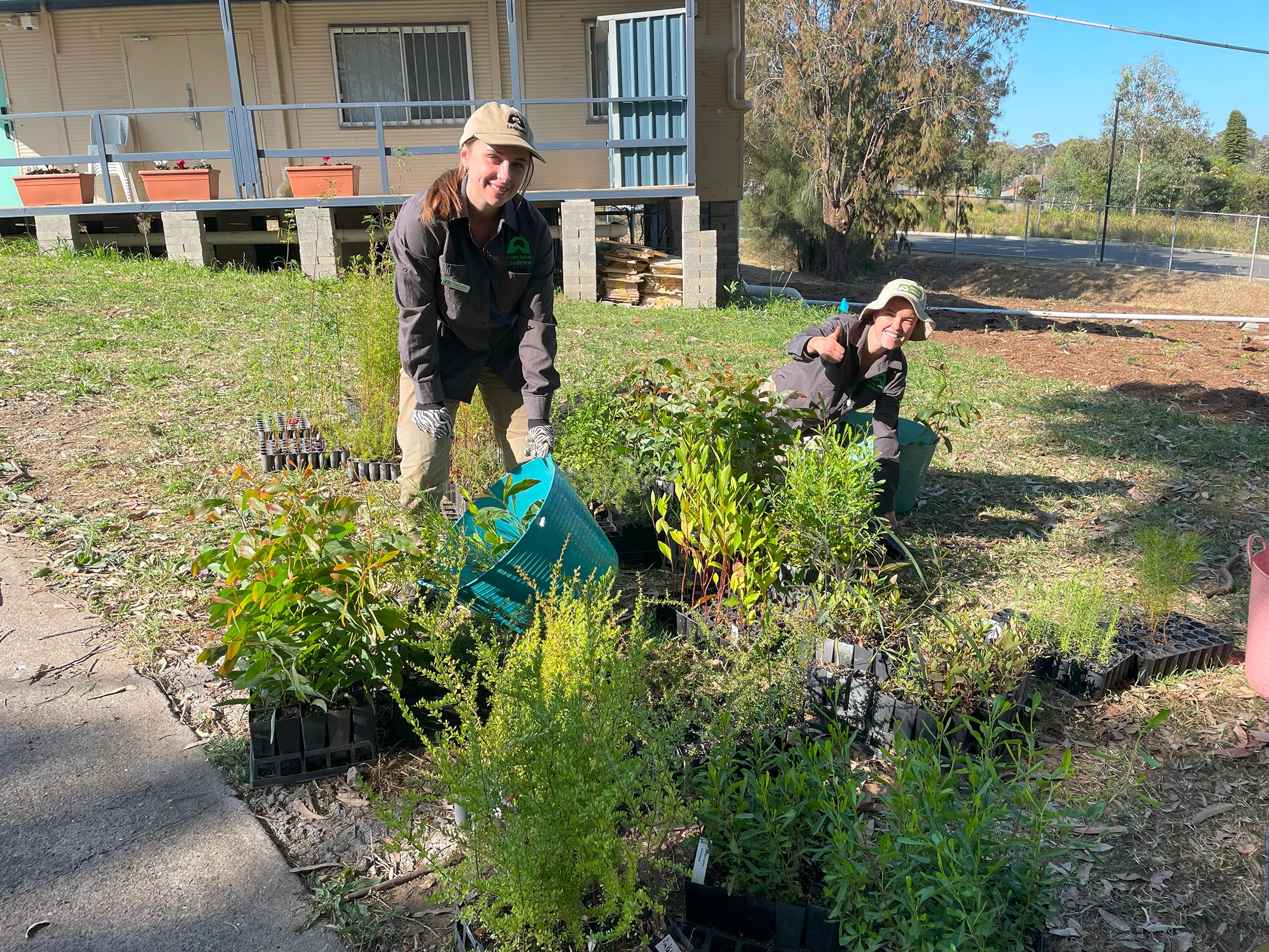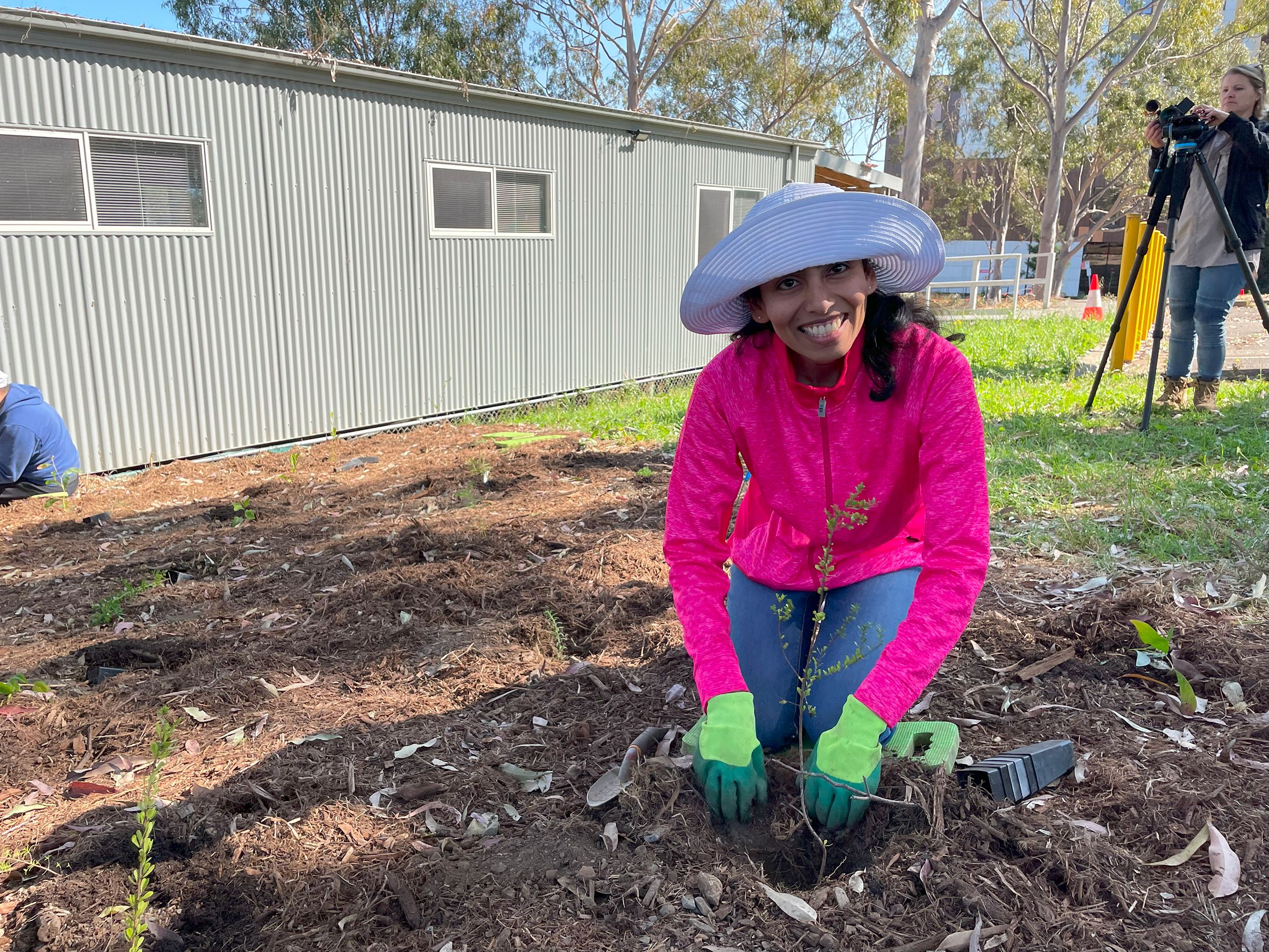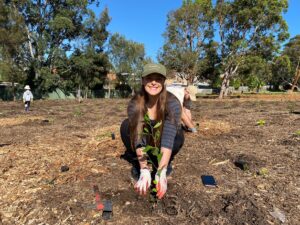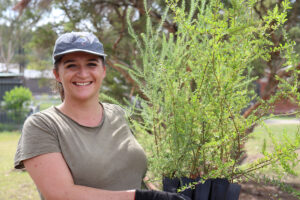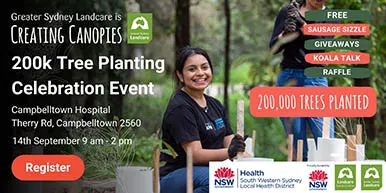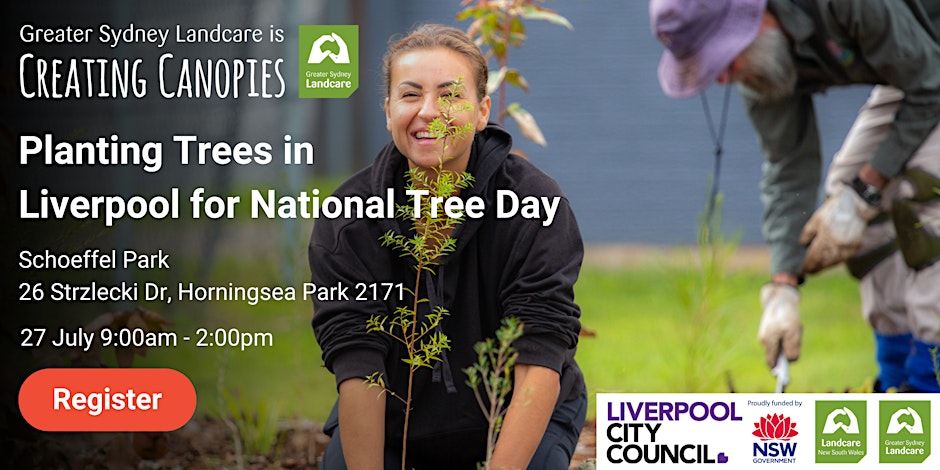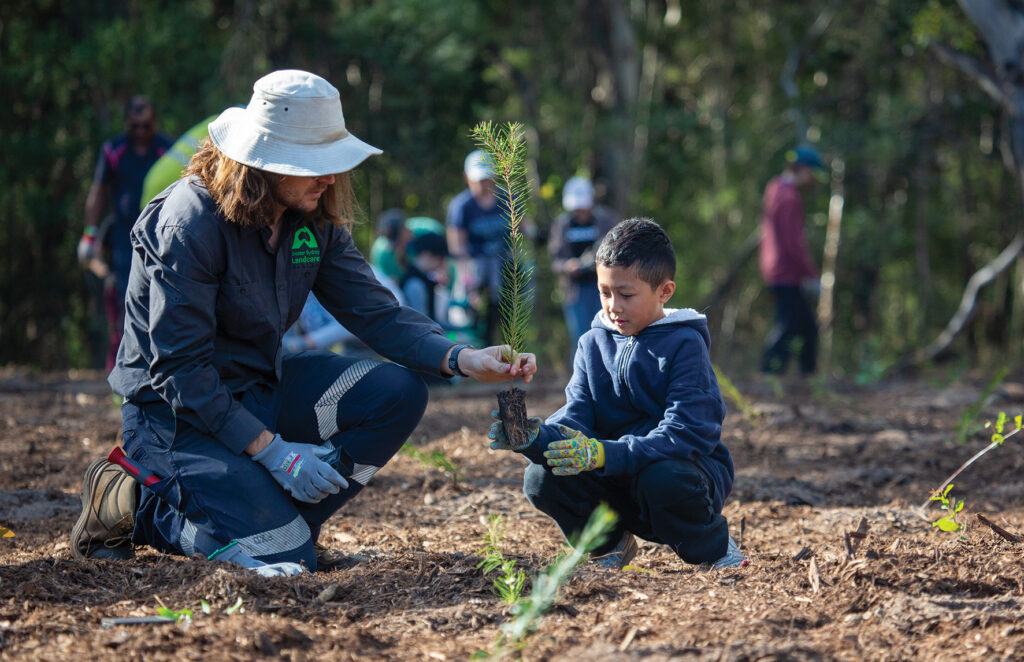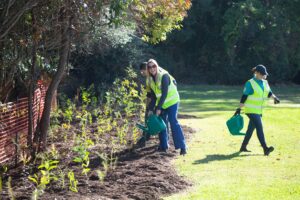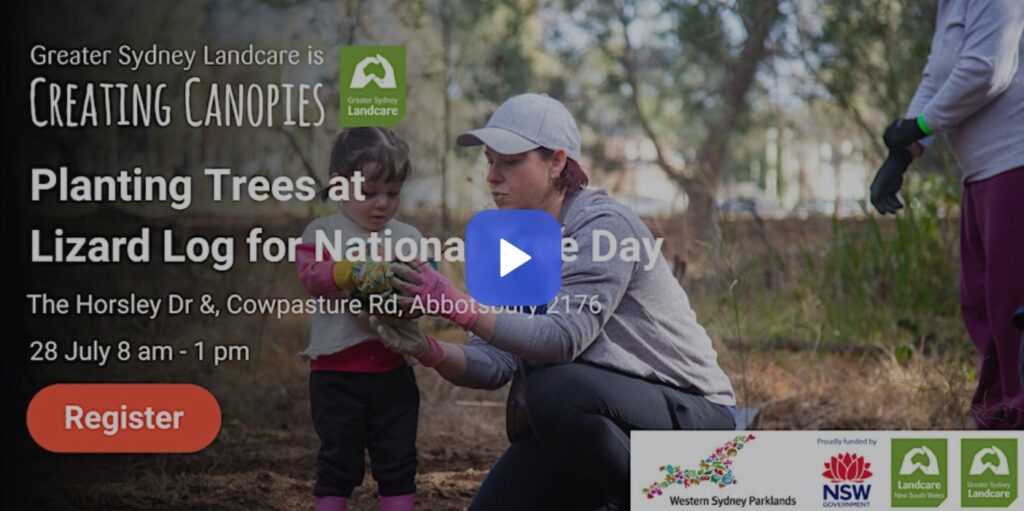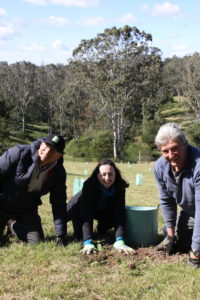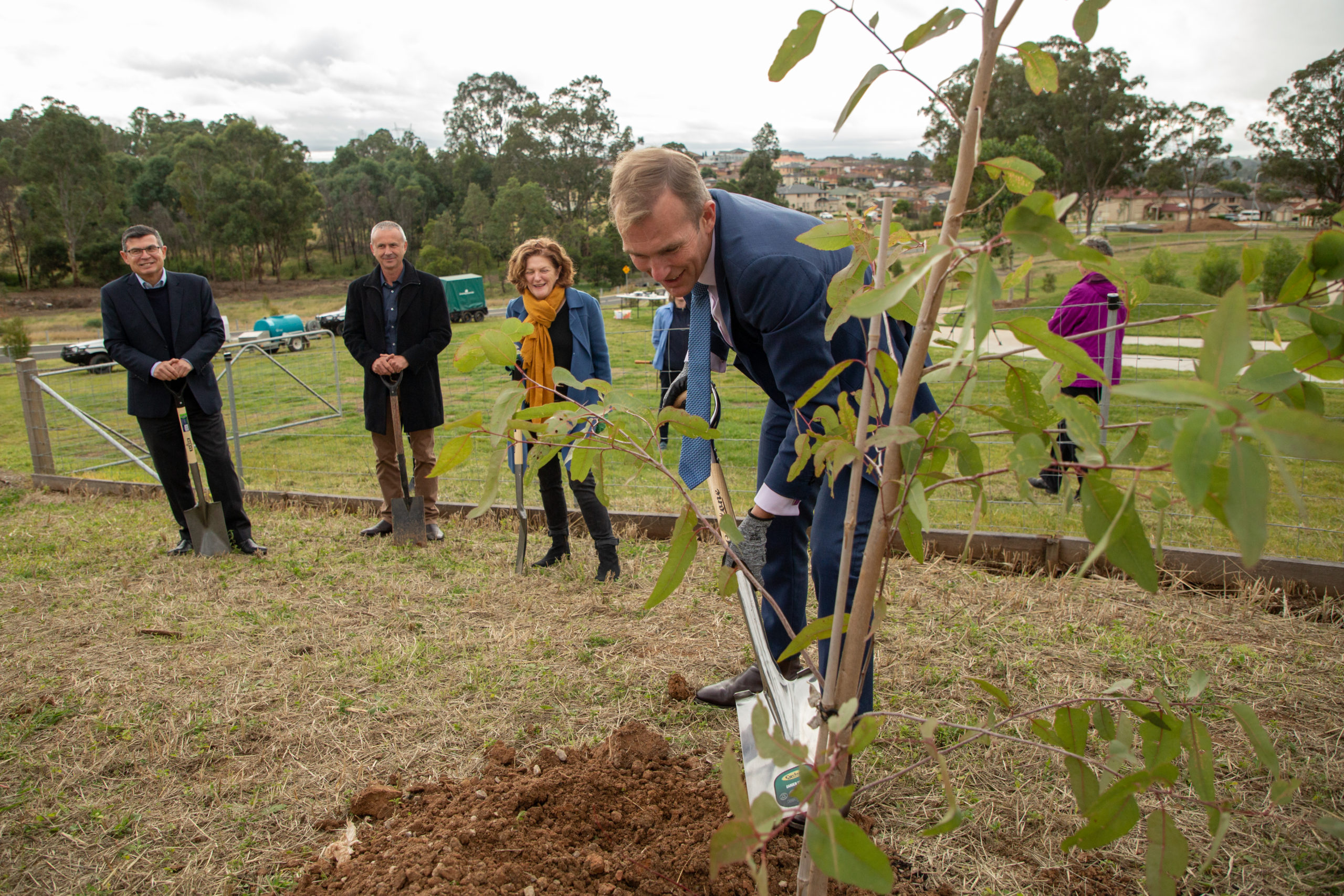We’re inviting the community to get their hands dirty for a great cause this National Tree Day!
Join Greater Sydney Landcare and Landcare NSW in collaboration with Liverpool City Council for a fun and meaningful day of tree planting in Carnes Hill, as part of the ‘Creating Canopies’ project to plant 300,000 trees by the end of 2025 to help mitigate urban heat in Greater Sydney.
This is more than just planting trees but about creating cooler, greener, and healthier spaces for our communities and generations to come.
It’s a great way to get outdoors, meet like-minded people, and learn the importance of urban greening in our communities.
Event Details
Date: Saturday, 26 July 2025
Time: 9:00 AM – 2:00 PM AEST
Location: 95 Rosedale Cct, Carnes Hill NSW 2171
FREE to attend with a sausage sizzle lunch, training, gardening gloves, and tools provided.
All ages welcome!
To attend, register via Greater Sydney Landcare’s Eventbrite page:
https://events.humanitix.com/national-tree-day_creating-canopies-in-liverpool
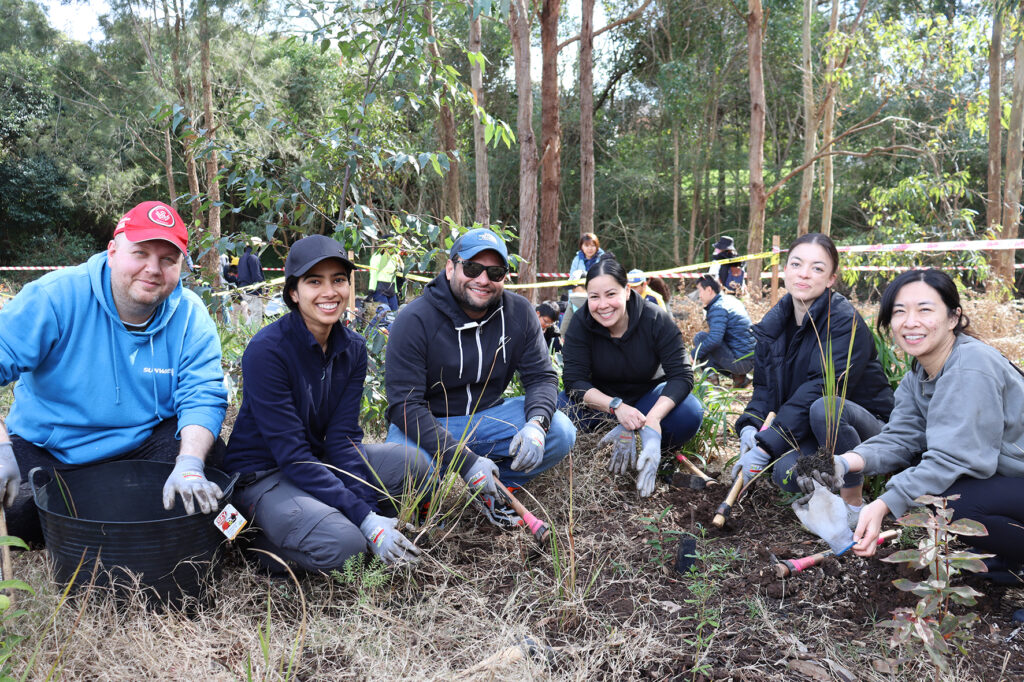
Creating Canopies brings people together. Volunteers often highlight the sense of connection, community, and shared purpose they feel on the day. Whether you come with the kids, some friends, or on your own, you’ll be warmly welcomed and guided by the Creating Canopies team. Every tree planted is a step toward a healthier city and community.
Those interested in volunteering or seeking more information on upcoming planting days can sign up for Creating Canopies updates HERE.
The project is funded by the NSW Government’s Greening our City grant. For more information visit: https://www.nsw.gov.au/grants-and-funding/greening-our-city-grant.
About Creating Canopies:
Landcare NSW and Greater Sydney Landcare are planting 300,000 trees by the end of 2025 as part of the Greening our City program to help mitigate urban heat in Greater Sydney. Proudly funded by the NSW Government.
About Greater Sydney Landcare:
Greater Sydney Landcare is a not-for-profit charity dedicated to creating resilient landscapes and connected communities across Greater Sydney. We empower volunteers to plant native trees, conserve koalas and their habitats, care for their local waterways, and rejuvenate degraded environments. Join us in making a lasting impact. Learn more at greatersydneylandcare.org.
About Landcare NSW:
Landcare NSW acts as the conduit between Landcare members and key decision makers, working to ensure its members are supported at every level by providing leadership, skills, resources, and representation. For more information, visit landcarensw.org.au.
Photos: Greater Sydney Landcare
